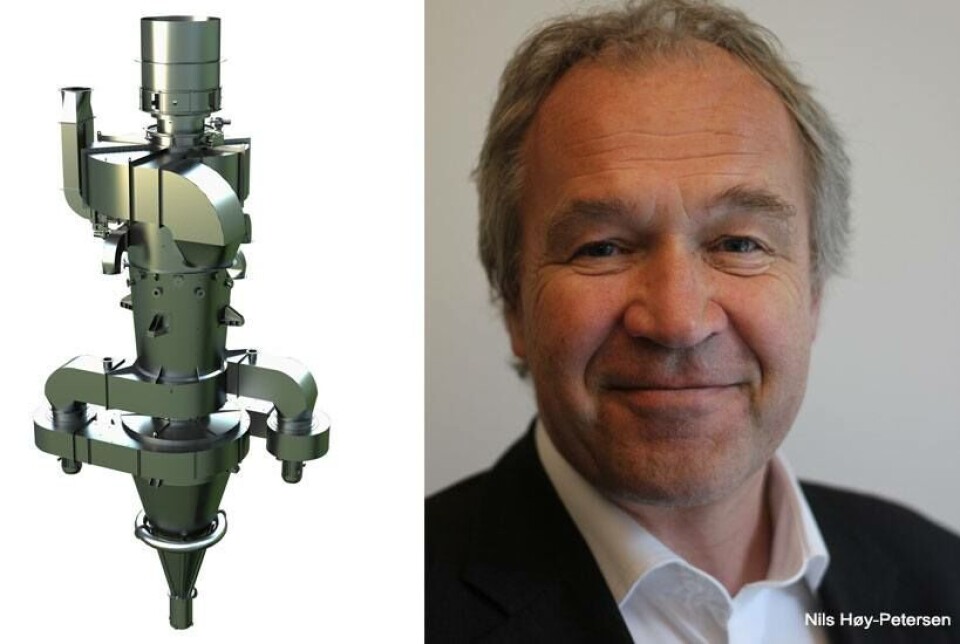
Clean Marine wins EGCS contract with Samsung Heavy Industries
Clean Marine AS has been selected by Samsung Heavy Industries in South Korea to supply Exhaust Gas Cleaning Systems (EGCS) for two new shuttle tankers being built for AET.
Denne artikkelen er tre år eller eldre.
The order will enable the new AET vessels to comply with future legislation relating to sulphur emissions without switching to more expensive fuels. According to Nils Høy-Petersen, CEO in Clean Marine AS, “These contracts represent a milestone for the company, and signal a growing market demand for Clean Marine’s unique and competitive multi-stream EGCS solution,” he says. “We are very pleased to be working closely with Samsung and AET to deliver a cost-effective solution to help the owner comply with existing and pending emissions regulations.”
AET is a leading global owner and operator of a high quality fleet of 83 modern petroleum tankers. AET has entered into a long-term contract with Statoil to operate the two specialised DP2-type shuttle tankers. The two vessels will serve oilfields in the Norwegian sector of the North/Barents Sea. To operate successfully in these harsh environments, the two twin-skeg 120.000 DWT tankers will be constructed to a superior specification that exceeds any other DP shuttle tanker currently in operation. The tankers will be fully adapted to operations in adverse weather conditions and will be equipped with high power thrusters and engines.
AET is committed to protecting the environment and implementing greener technology, and look forward to developing the EGCS with Clean Marine. As a “first mover” in the market for exhaust gas cleaning systems, Clean Marine has developed an EGCS based on the Advanced Vortex Chamber technology that provides unique particulate matter trapping efficiency. The system’s integrated fan and gas recirculation technology allows the one EGCS unit to simultaneously serve several combustion units – an important feature for vessels with many exhaust sources.
“For vessels sailing in European waters and other emission control areas (ECAs), a maximum sulphur limit of 0.1 percent will apply from 2015,” says Høy-Petersen. “The Clean Marine system supplied to AET will clean both sulphur oxides (SOx) and particulate matter emissions from two main engines, five auxiliary engines, and three boilers. In total, a single Clean Marine EGCS unit will manage 10 exhaust sources.”
Installation of the EGCS units is scheduled to take place during 2013 and 2014, and Samsung will deliver the first state-of-the-art tankers at the end of 2014 and the second in the beginning of 2015.











